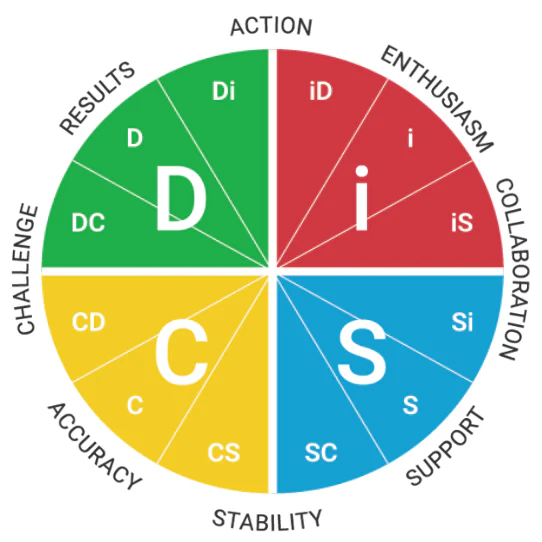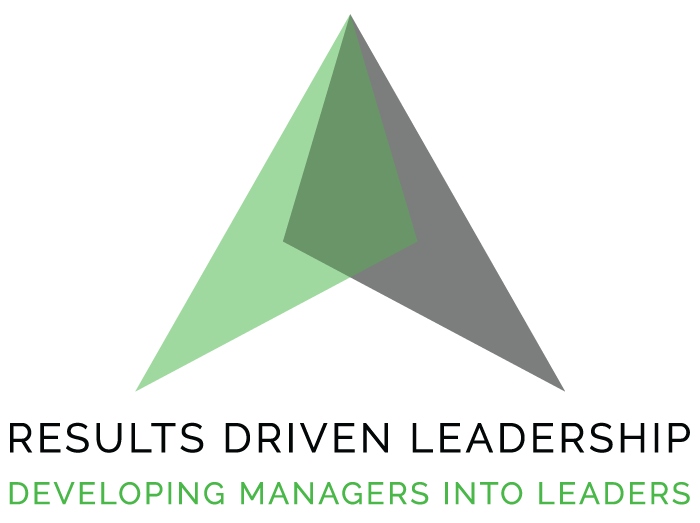TABLE OF CONTENTS
When you close your eyes and picture your dream team, what do you see
A group that crushes goals like clockwork.
A crew that anticipates your next move before you even say it.
A culture where accountability isn’t forced — it’s automatic.
Sounds incredible, right?
But here’s the hard truth.
Most leaders don’t have that team.
They’ve got talent. But they’ve also got drama.
They’ve got effort. But they’re missing direction.
They’ve got individuals working hard — but not together.
And it’s not because you hired the wrong people.
It’s because you haven’t built the right balance of leaders on your team.
A high-performing management team isn’t born. It’s engineered.
Just like a championship coach builds a roster — you’ve got to know the players, their strengths, their blind spots, and how they perform under pressure.
So, let’s break down exactly what it takes to create the management team you dream of.

The Truth About Great Teams
You’ve been told all the usual leadership fluff — “build trust,” “create psychological safety,” “there’s no I in team.”
Sure, that stuff matters. But it’s only half the picture.
Because the real magic of a great team isn’t found in blending everyone into one happy, uniform blob of agreement. It’s found in contrast.
The best teams aren’t built on sameness.
They’re built on a diversity of roles and personalities that challenge and balance each other.
Five Types of Leaders
Every high-performing management team has five key types of leaders:
- The Director – The decision-maker.
- The Achiever – The workhorse.
- The Stabilizer – The process keeper.
- The Harmonizer – The relationship builder.
- The Trailblazer – The innovator.
And here’s where it gets interesting — our research found that 97% of the best teams had all five of these roles represented.
You miss one or two, and the whole system gets wobbly.
Let’s dig into each one — and I’ll show you how to spot them through the lens of DISC.
-
The Director – The D in DISC
These are your High D’s — the dominant, decisive, driven types. They’re the ones who move fast, make bold calls, and aren’t afraid of confrontation.
You need at least one strong Director on every team. Without them, decisions drag, projects stall, and accountability evaporates.
But load up with too many High D’s and it’s chaos — power struggles, competing agendas, and too many cooks in the kitchen.
The sweet spot: One or two Directors who have learned to balance their intensity with emotional intelligence.
They set direction, take ownership, and drive performance. But they also need Harmonizers and Stabilizers to keep their fire from burning down the house.
-
The Achiever – The I/S Blend in DISC
These are your results-driven executors. They want to win — but they’re not chasing the spotlight. They’re dependable, task-oriented, and relentless in their follow-through.
A team full of Achievers will hit every deadline… but they might miss innovation, big-picture strategy, or people alignment.
Too many Achievers can also trigger quiet competition — everyone working hard individually, but nobody rowing in the same direction.
Balance tip: Pair Achievers with a strong Director who provides clarity, and a Harmonizer who reinforces collaboration. That’s how you turn effort into synergy.
-
The Stabilizer – The High C
Stabilizers are your process protectors. These folks are organized, reliable, and love structure. They’re the ones who keep things running when the world catches fire.
But if you overload your team with Stabilizers, you’ll get perfection paralysis. Every decision becomes a committee meeting, and every risk feels like a crisis.
The key: One or two Stabilizers who can maintain structure without strangling speed.
They’re the backbone of your operation — as long as you’ve got a Trailblazer to counterbalance that risk-averse mindset.
-
The Harmonizer – The High S
The Harmonizer is your team’s emotional glue. They’re steady, loyal, and tuned in to the human side of leadership.
These are your High S personalities — patient listeners, peacemakers, and trust builders.
You can never have too many Harmonizers if the other roles are filled. They smooth conflict, foster collaboration, and keep the team’s morale alive.
But if you’ve got a room full of nothing but Harmonizers, you risk what former Xerox CEO Ursula Burns called “terminal niceness.” Everyone’s happy… and nothing gets done.
The fix: Encourage your Harmonizers to challenge ideas, not people. When harmony meets healthy debate, you get real progress.
-
The Trailblazer – The High I
Trailblazers are your creative disruptors — the ones who refuse to settle for “the way we’ve always done it.”
These are your High I’s — enthusiastic, innovative, and full of ideas that stretch the team’s thinking.
Without them, you risk becoming a maintenance crew instead of a growth team.
But with too many Trailblazers and not enough Stabilizers or Achievers? You’ve got chaos — tons of ideas, zero execution.
The secret: Give your Trailblazer a clear sandbox to innovate in — and pair them with an Achiever who can make their ideas real.
The Perfect Mix
So what’s the winning recipe?
On a team of eight, you might want:
- 1 Director
- 1 Stabilizer
- 1 Trailblazer
- 2 Harmonizers
- 3 Achievers
But numbers aren’t everything. What matters is that each of those voices exists and is heard.
You need decision-makers, executors, process thinkers, relationship builders, and innovators — all at the same table.
That’s how you create a management team that performs like a Formula One pit crew — fast, precise, and fully aligned.

The DISC Decoder
How to Identify Who’s Who
You can spot these traits by watching how your managers naturally behave under stress:
- High D (Director): Fast, firm, confident, gets impatient when things drag.
- High I (Trailblazer): Energetic, persuasive, talks in ideas and possibilities.
- High S (Harmonizer): Calm, steady, avoids conflict, wants everyone okay.
- High C (Stabilizer): Detail-oriented, skeptical, cautious about change.
- Blend (Achiever): Task-driven, reliable, balances performance and patience.
When you understand this language, you can predict how each leader will show up — and where your blind spots are as a team.
That’s the secret weapon of every elite manager I’ve ever coached.
The Real Reason Teams Fail
Teams don’t collapse because of lack of effort. They collapse because of imbalance.
You’ve seen it — too many Directors and everyone’s fighting for the wheel.
Too many Stabilizers and the whole team slows to a crawl.
Too many Harmonizers and you’ve got a support group instead of a management team.
Building your dream team isn’t about hiring more people — it’s about identifying the missing energy on your roster.
And that’s where I want you to start today.
Take the 7 Traits Scorecard
Your Personal Scoreboard for Leadership Mastery
Every leader has soft spots.
Maybe you struggle with delegation.
Maybe you’re great at driving results but terrible at listening.
Or maybe you’re too nice when you should be decisive.
The problem? You can’t fix what you can’t name.
That’s why I built The 7 Traits Scorecard — a free self-assessment based on the seven key traits of effective leaders.
It’s designed to help you see where you’re strong, where you’re stuck, and where to focus your development next.
The first 50 people who sign up will get access to my online leadership training tools at half price.
So don’t wait.
Get your scorecard. Get your insights.
And get to work on becoming the kind of leader your team actually wants to follow.
Final Thoughts
Building your dream management team isn’t theory — it’s execution.
Start by mapping out your current leaders. Identify your Directors, your Achievers, your Stabilizers, your Harmonizers, and your Trailblazers.
Then look for your missing pieces.
If you’re weak on innovation — find a Trailblazer.
If you lack organization — get a Stabilizer.
If morale’s in the tank — empower your Harmonizers.
Balance those strengths, coach those gaps, and you’ll transform a collection of managers into a high-performance machine.
And when that happens, your job as a leader becomes a whole lot easier — because the right team doesn’t need to be pushed.
They’re self-driven. Aligned. Accountable.
They don’t need a pep talk — they just need a goal.
🎙️ This is Vaughn Sigmon, founder of Results Driven Leadership.
If this message hit home for you, do me a favor — like, subscribe, and share this podcast with another leader who needs it.
And don’t forget to visit my YouTube channel — you’ll find hundreds of videos on leadership, coaching, communication, and how to build the kind of culture that wins.
Because at the end of the day, you don’t get what you preach.
You get what you build.
And your dream team?
It’s waiting on you to start building.






